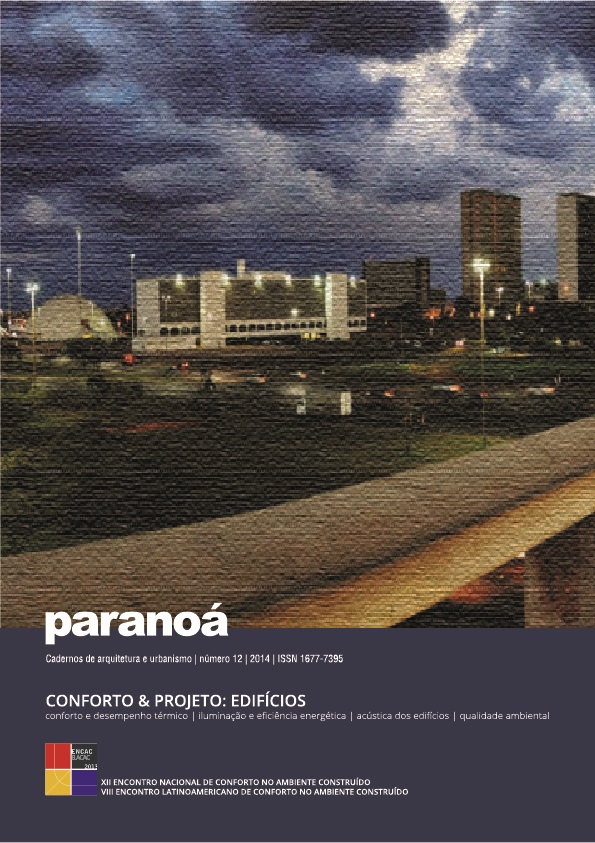Impacto sonoro do aeroporto Santos Dumont/RJ: análise e medidas de controle
DOI:
https://doi.org/10.18830/issn.1679-0944.n12.2014.12300Keywords:
Acoustics, Noise aircraft, Airports impact soundAbstract
Acoustic pollution is part of everyday life in big cities. Among the relevant sound sources in the context of cities, such as road noise, one that provides particular challenges is related to theoverflight of aircraft, whether commercial airliners, private jets or helicopters. Since overflight noise is an intense noise source as well as the characteristics of their trajectories, both the evaluation of annoyance and possible mitigation measures are complex and difficult to implement. However, the generated acoustic discomfort in communities near the landing and takeoff routes to major airports became the target of major complaints from residents who have threatened their comfort, which reinforces the need to address these challenges and tackle this problem. Thus, in this study we aim to assess the noise impact of aircraft that have come from as a destination or airport Santos Dumont / RJ through computer simulation of noise in a region close to the airport with an area of approximately 39 km². From the determination and quantification of the areas actually affected by aircraft noise, and comparing the values obtained with the standards of the Brazilian legislation, this paper aims to map out possible areas of conflict and provide information to guide possible mitigation and noise control measures.
Downloads
Downloads
Published
How to Cite
Issue
Section
License
Autores que publicam nesta revista concordam com os seguintes termos:
- Autores mantém os direitos autorais e concedem à revista o direito de primeira publicação, com o trabalho simultaneamente licenciado sob a Licença Creative Commons Attribution que permite o compartilhamento do trabalho com reconhecimento da autoria e publicação inicial nesta revista. http://creativecommons.org/licenses/by/4.0
- Autores têm autorização para assumir contratos adicionais separadamente, para distribuição não-exclusiva da versão do trabalho publicada nesta revista (ex.: publicar em repositório institucional ou como capítulo de livro), com reconhecimento de autoria e publicação inicial nesta revista.
- Autores têm permissão e são estimulados a publicar e distribuir seu trabalho online (ex.: em repositórios institucionais ou na sua página pessoal) a qualquer ponto antes ou durante o processo editorial, já que isso pode gerar alterações produtivas, bem como aumentar o impacto e a citação do trabalho publicado (Veja O Efeito do Acesso Livre).















